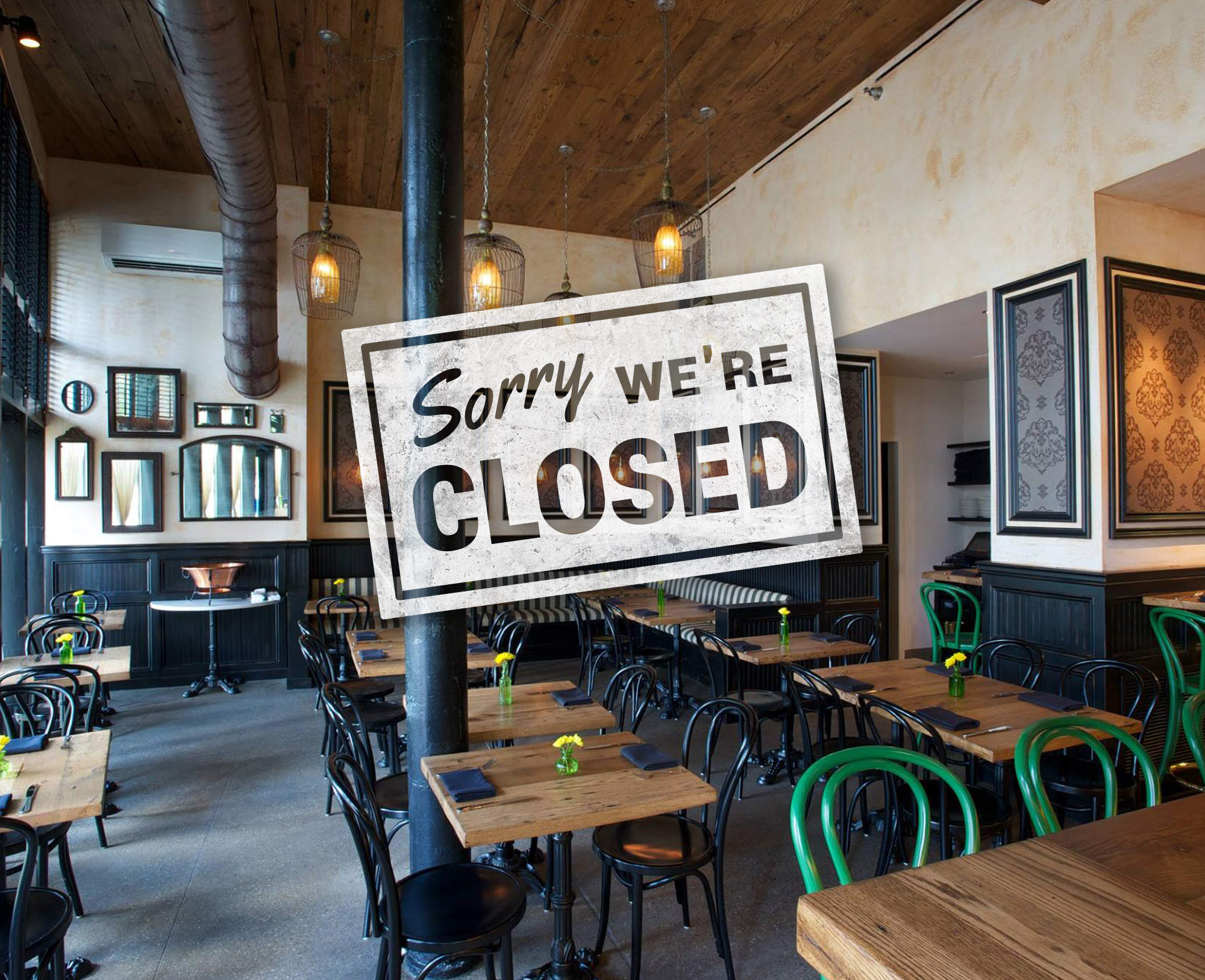Robin Garr is a Louisville foodie veteran, having originally covered the food and dining scene since 1980 or thereabouts via the Courier Journal and Louisville Times. Robin’s on-line discussion forums date to the 1990s.
In Robin’s column last week, which appeared at his website as well as LEO Weekly, a question is posed: How can restaurants, and people who dine out, bridge accessibility gaps for ALL disabled people?
As you’d expect, Robin has a few answers, as always clearly explained. I think it’s a must read for restaurant guests and staffers alike.
Invisible Disabilities: A Challenge For Restaurant Accessibility
The Americans With Disabilities Act, popularly known as the ADA, passed in 1990, is a civil-rights law that prohibits discrimination against individuals with disabilities in all areas of public life.
That means all people with disabilities have the same rights and opportunities as everyone else, says the ADA National Network: Wheelchair users, folks using walkers or canes, people with sight or hearing impairments, and many less visible disabilities including those on the autism spectrum or dealing with post-traumatic stress disorder, dementia, and much more.
But wheelchair access gets attention because it’s easy to see: A wheelchair ramp, a flat entrance that doesn’t trip anyone, a reserved parking space, and that familiar blue-and-white sign.
Accommodations for those with vision or hearing impairments are more difficult to find, often requiring the individual to resort to their own measures, such as screen-reading apps that can scan text and read it aloud.
And that’s not even considering those invisible disabilities.

























